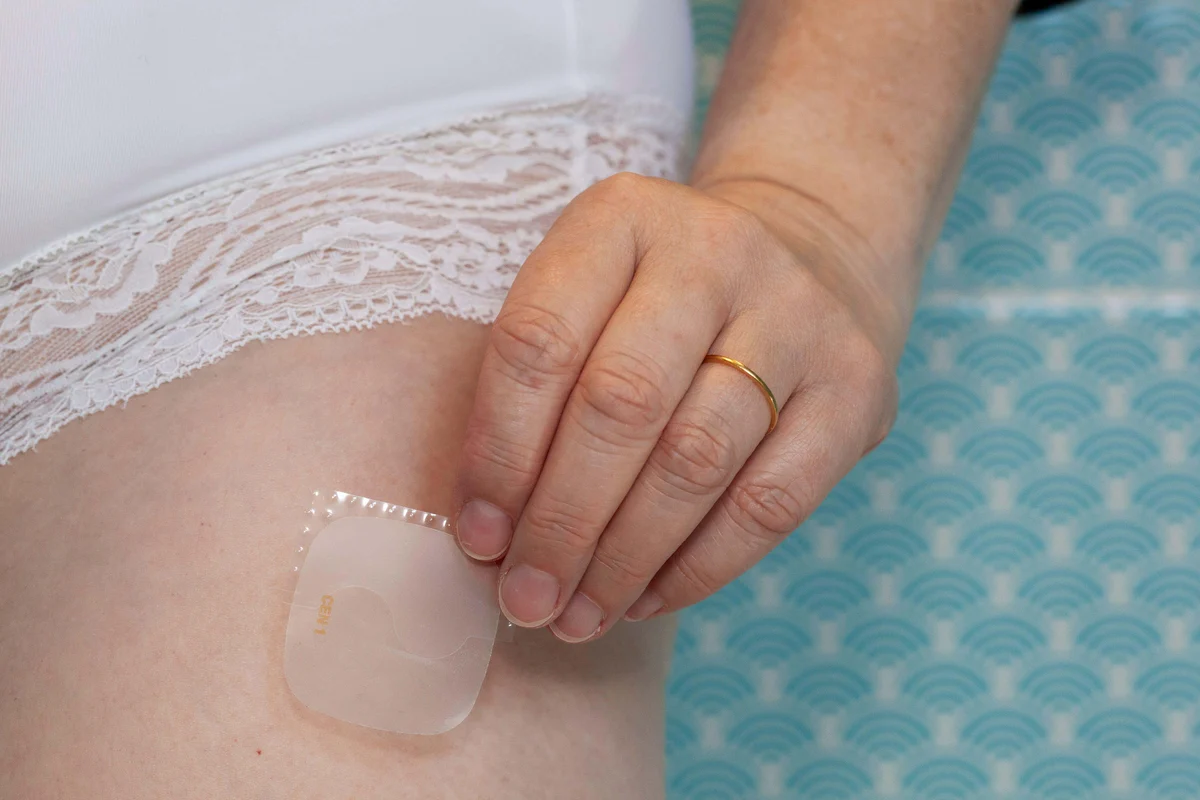Copyright pravda

Omega-3 fatty acids commonly bring to mind red fish such as salmon or trout — foods many people can’t afford to eat regularly. The good news: several far more affordable options deliver comparable or even higher levels of these beneficial fats while contributing fiber, minerals and antioxidants. What omega-3s do and which forms matter Omega-3s are polyunsaturated fatty acids the body cannot make on its own; we must get them from food. Nutritionists note three main forms found in nature: ALA (alpha-linolenic acid) — found in chia, flax and walnuts; supports vascular and brain health. EPA (eicosapentaenoic acid) — abundant in oily fish such as mackerel, sardines and tuna; combats inflammation. DHA (docosahexaenoic acid) — present in seafood and algae; essential for vision and memory. “These fatty acids support the brain, liver and hormonal balance, and they protect cells from inflammation,” explained dietitian Maddy Pascuariello. Foods that beat salmon on omega-3 content According to nutritional databases, 100 grams of salmon contains roughly 1.8 grams of omega-3. The following options often provide more omega-3 per serving and usually cost less. MackerelOmega-3: ~2.6 g per 100 g.Rich in protein, calcium and iron, mackerel works well baked, stewed or flaked into salads — an economical choice for maximizing benefit per ruble. Chia seedsOmega-3: ~5 g per 28 g (1 oz).A true superfood, chia brings antioxidants, calcium and plant protein. Add them to yogurt, smoothies or oatmeal for an instant omega-3 boost. Flaxseed (ground)Omega-3: ~3.6 g per 30 g.Flax also supplies plant protein and lignans. Grind the seeds before eating — whole seeds pass through undigested — and mix into cereals, salads or baked goods. Hemp seedsOmega-3: ~2.6 g per 45 g.With a mild nutty flavor, hemp seeds provide vitamins A, D and E in addition to beneficial fats; sprinkle them over dishes or blend into protein shakes. WalnutsOmega-3: ~2.5 g per 30 g.Walnuts supply magnesium, melatonin and anti-inflammatory polyphenols — a versatile snack that supports vascular health and recovery from stress. Comparing fish and plant sources Main Omega-3 Type Amount (per 100 g unless noted) Other nutrients ~1.8 g / 100 g Protein, selenium ~2.6 g / 100 g Iron, calcium ~5 g / 28 g (1 oz) Fiber, calcium Ground flax ~3.6 g / 30 g Protein, lignans ~2.5 g / 30 g Magnesium, melatonin Simple steps to raise your omega-3 intake Start your day with a tablespoon of ground flax stirred into porridge or kefir. Snack on nuts instead of biscuits or chips. Use chia to make puddings and smoothies. Add mackerel or sardines to salads twice a week for an inexpensive dose of EPA and DHA. Cook with oils high in omega-3, such as flaxseed oil or camelina (false flax), where appropriate. “They also deliver fiber, calcium and antioxidants, which benefits gut health and helps stabilize blood sugar,” added dietitian Samantha Peterson.



